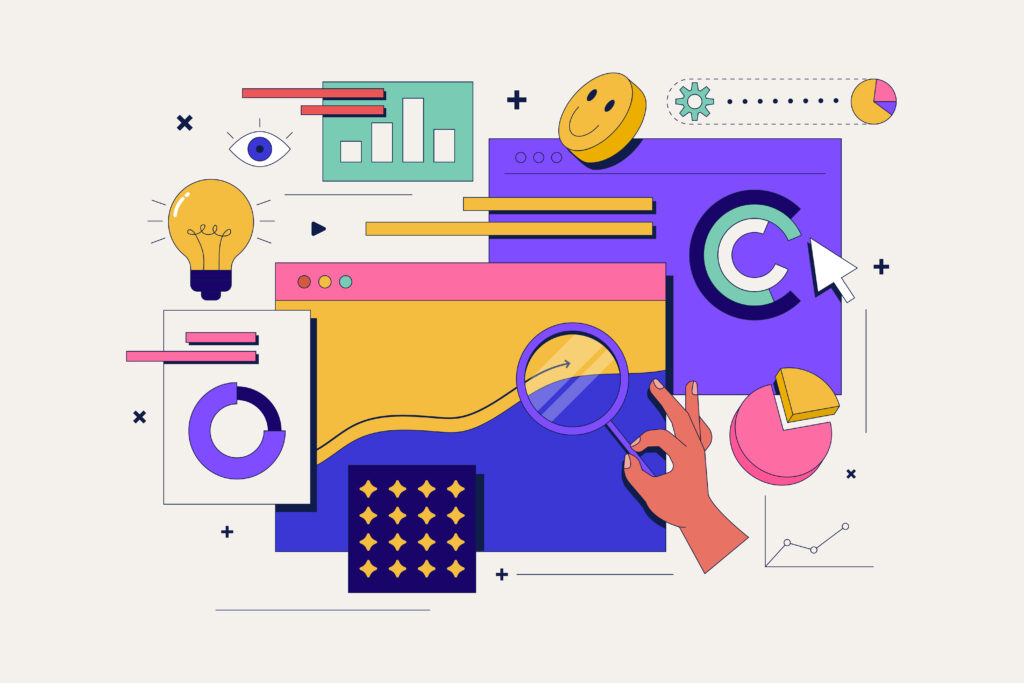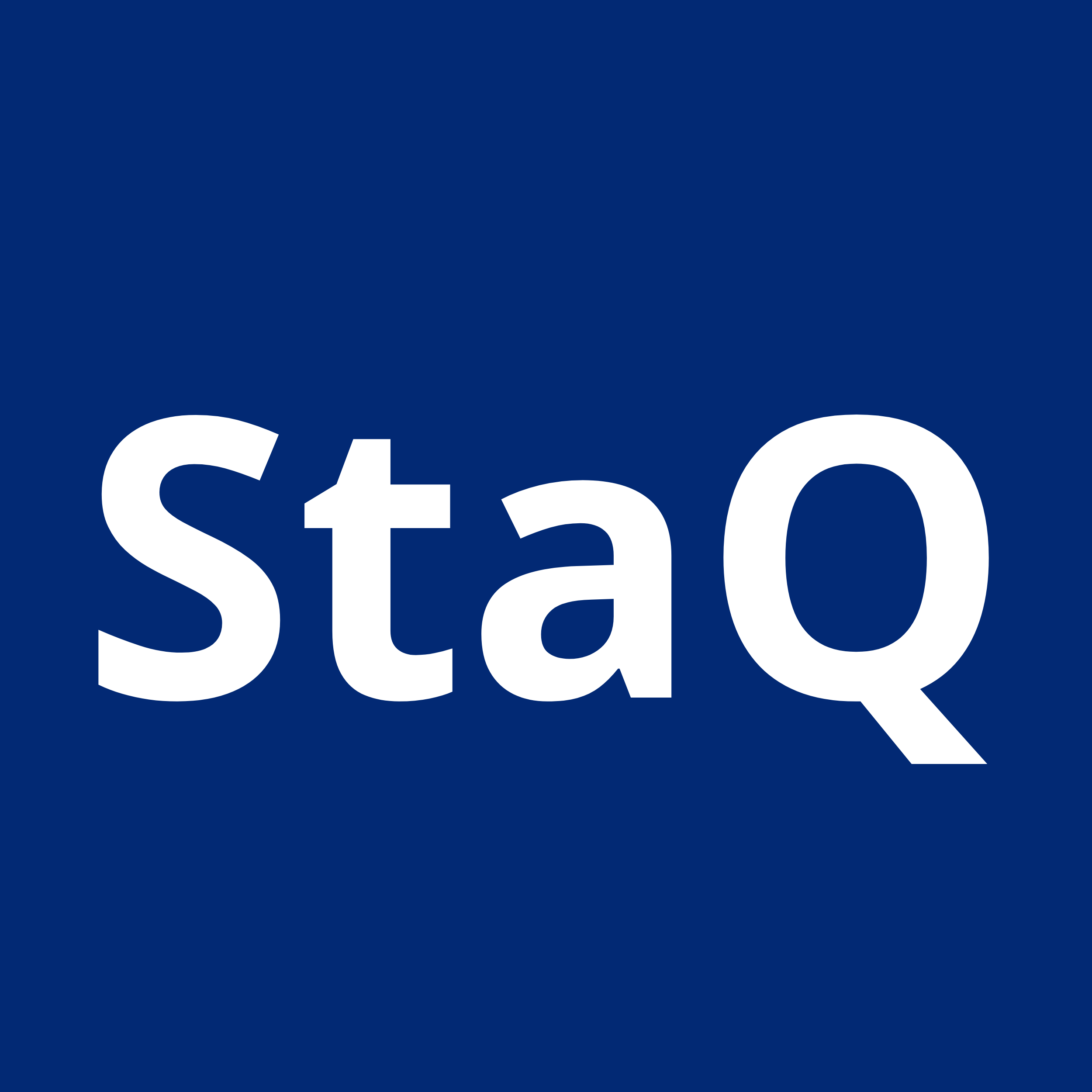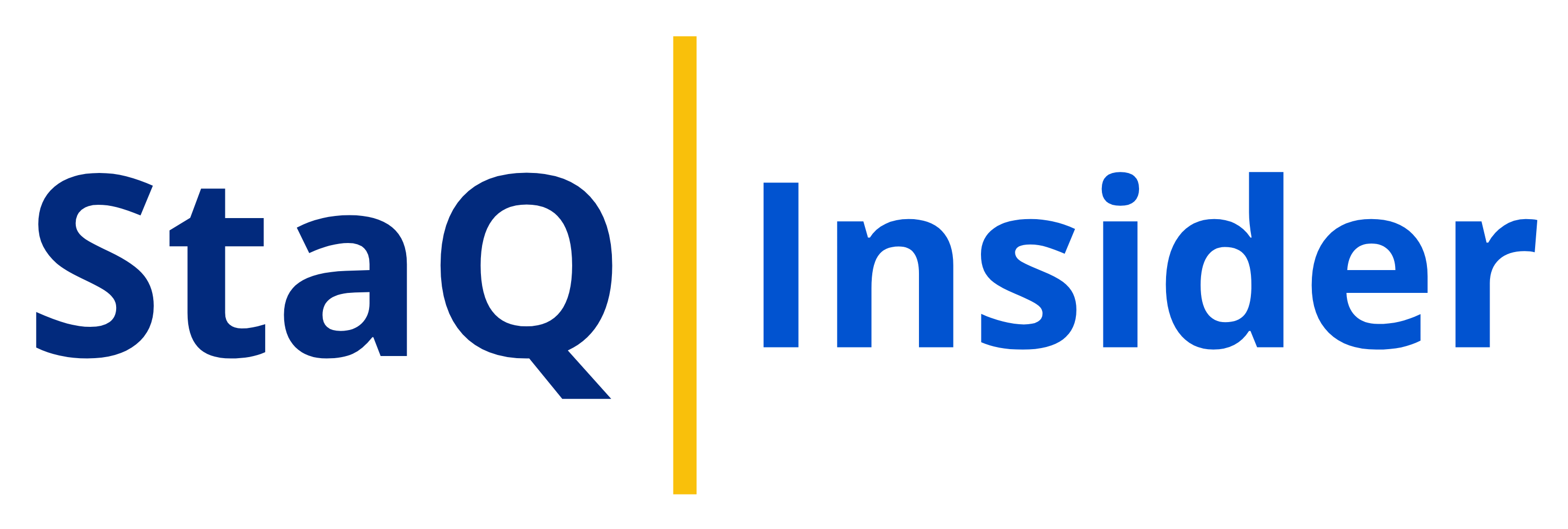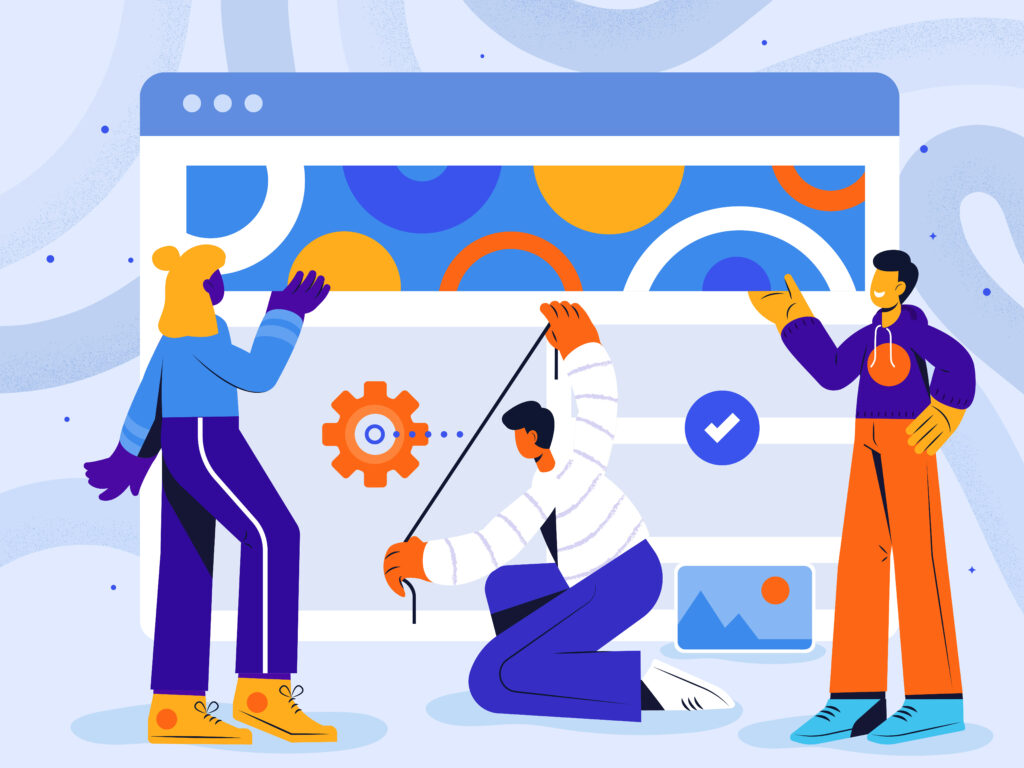Choosing the right software can make or break your company’s efficiency. But with a strategic approach to SaaS free trials, you can transform them from fleeting glimpses into powerful assessment tools. This guide unlocks the secrets to maximizing free trials and landing on software that elevates your business!
What is a Free Trial?
A free trial is a sales promotion where a product or service is offered for a limited period without charge, allowing customers to test and evaluate it before making a purchase. The goal is to attract potential customers, expose them to the product’s features and benefits, and increase the likelihood of converting them into paying customers.
How do SaaS Free Trials work?
SaaS free trials work by offering potential customers temporary access to a software product without requiring an immediate financial commitment. This strategy allows users to experience the value of the software firsthand, increasing the likelihood of converting them into paying customers.
Key aspects of how SaaS free trials operate include:
- Access to Software: Users are granted access to the software for a limited period, typically ranging from a few days to several weeks, depending on the complexity of the product and the time required for users to realize its value.
- Trial Length: The duration of free trials is crucial, balancing the need to showcase the software’s benefits while creating a sense of urgency for users to subscribe. Common trial lengths range from 7 to 14 days, with some companies offering shorter or longer trials based on their target audience and product complexity.
- Types of Trials: SaaS companies can offer different types of free trials, such as freemium models, trials without requiring credit card information, trials with soft commitments through credit card details, and trials post-product demos. Each type caters to different customer preferences and behaviors.
Overall, for SaaS buyers, free trials are low-risk ways to test software and see if it can improve your workflow.
Freemium vs. Free Trial: What’s the Difference?
Both free trials and freemium models offer ways to explore solutions, but they cater to different needs. Let’s break down the key differences:
- Free Trial: This is like a full-access test drive. You get all the features for a limited time (usually weeks). It’s perfect for getting a comprehensive understanding of the software and seeing if it solves your specific problems. Think of it as a high-commitment, short-term option.
- Freemium: This is a limited version of the software, forever free. You get access to core features but may have restrictions on storage, functionality, or collaboration. It’s ideal for basic needs or trying out a platform before committing. Think of it as a low-commitment, long-term option.
Here’s a quick cheat sheet to help you decide:
- Need a deep dive? Go for a free trial.
- Just want a taste? Freemium might be enough.
- Complex workflows? Free trials offer a better test.
- Simple needs? Freemium can get you started.
Ultimately, both options can be valuable. Use free trials to assess complex software and freemium for basic needs or initial exploration.

The Benefits of Utilizing SaaS Free Trials for Software Assessment
SaaS free trials are your secret weapon for making informed decisions and choosing software that truly makes a difference. Here’s why free trials are your best friend as a SaaS buyer:
- Risk-Free Exploration: Unlike traditional software purchases with hefty upfront costs, free trials are a zero-risk investment. You get to experiment with different tools without breaking the bank. This allows you to compare features, identify the best fit, and avoid buyer’s remorse.
- Hands-on Experience: Free trials let you experience the software firsthand. Explore features, test integrations, and gauge user-friendliness. It’s like taking the software for a spin to see if it fits your team’s driving style.
- Identify Pain Point Solutions: Free trials unveil if the software tackles your specific challenges. Can it streamline your marketing campaigns or automate tedious data entry? Identify the software that directly addresses your workflow bottlenecks.
- Data-Driven Decisions: Free trials aren’t just about intuition. Many offer reporting tools that track your usage and progress. Use this data to assess the software’s impact and measure its potential return on investment (ROI).
- Find Your Perfect Fit: Not all software is created equal. Free trials let you compare and contrast different options side-by-side. See which interface feels most intuitive, which features best address your needs, and ultimately, which software makes you feel like you’re working smarter, not harder.
Simply put, Saas free trials are your gateway to informed buying. So, instead of guessing, use them to find software that will help your business succeed!
How to Evaluate SaaS Features During a Free Trial Period?
Free trials are a goldmine for savvy SaaS buyers, but with limited time, how do you unearth the features that truly matter? Don’t worry, we’ve got you covered. Here’s your battle plan to evaluate SaaS features effectively during a free trial:
-
Define Your Needs:
- Before diving in, chart your course. What specific problems are you trying to solve? List the essential features your software must have. Prioritize based on importance.
-
Prioritize, Prioritize, Prioritize:
- Don’t get overwhelmed by every shiny feature. Focus on your core needs first. Schedule dedicated time to explore functionalities that address your top priorities.
-
Go Beyond the Tour:
- Sales demos are great, but don’t rely solely on them. During the trial, dig deeper and explore features independently. Can you easily locate and use them? Are they intuitive and well-designed?
-
Test Drive Real Workflows:
- Don’t just play around. Simulate real-world scenarios. Import your data, create projects, and mimic your typical workflow. Does the software streamline your processes or create roadblocks?
-
Collaboration is Key:
- If teamwork is crucial, invite colleagues to the trial. Can they collaborate effectively within the platform? Is communication smooth and user-friendly?
-
Don’t Forget the Support:
- Excellent software is backed by excellent support. Test the waters! Submit a question through their support channels and see how responsive and helpful they are.
-
Consider Integrations:
- In today’s connected world, seamless integration with your existing tools is crucial. During the trial, test integrations with the software you rely on most. Can you connect them easily? Does data flow smoothly between platforms?
-
Think About the Future:
- Great software grows with your needs. Look for features that allow for scalability and customisation. Can you add users or upgrade plans seamlessly? Does the software offer integrations with other tools you might use in the future?
-
The Feels Matter:
- Great software isn’t just functional, it’s enjoyable to use. Pay attention to the user interface (UI) and user experience (UX) during the trial. Is it intuitive and user-friendly? Does it feel clunky or cumbersome? A positive user experience keeps you and your team engaged and productive.
-
Take Notes & Compare:
- Document your experience. Jot down any issues, limitations, or areas that exceed expectations. Compare notes across different free trials to see which software consistently delivers value.
Remember, a free trial is your chance to be a detective. By following these steps, you’ll uncover the software that truly empowers you and your business to shine.
What are the Key Features to look for during a SaaS Free Trial period?
During a SaaS free trial period, it’s essential to evaluate the software’s features and functionalities to ensure they align with your business needs. Here are the key features to look for:
Value proposition:
- Does it solve your problems? Can the software address the specific challenges you’re facing?
- Does it improve your workflow? Does it streamline your tasks and make you more productive?
- Can you see the ROI? Does the time saved or the additional functionality justify the cost?
Usability and Functionality:
- Ease of use: Can you get started quickly and intuitively, or is there a steep learning curve?
- Core features: Does the free trial allow you to access the core features you need to evaluate the product’s usefulness?
- Integrations: Does it integrate with the other tools you already use?
Trial experience:
- Limited features: While you shouldn’t have access to everything, are there enough features to get a good feel for the product?
- Trial length: Is the trial period long enough to realistically assess the product’s value?
- Customer support: Is there easy access to customer support during the trial, in case you have questions?
Additional considerations:
- Data import/export: Can you easily import your existing data into the software, and will you be able to export it if you decide not to subscribe?
- Security: Does the software meet your security requirements for storing your data?
- Feedback: Is there a way to provide feedback to the company about your experience during the trial?
By focusing on these key features, you can make the most of your SaaS free trial and decide whether the software is a good fit for your needs.
What are the Common Mistakes to Avoid When Evaluating a SaaS Product?
Here are some common mistakes to avoid when evaluating a SaaS product during a free trial period:
-
Not having a clear evaluation plan:
- Before starting the trial, define your specific needs and pain points.
- What are you hoping to achieve with this tool?
- Create a list of features you absolutely need and functionalities you’d like to explore.
- This will help you focus your evaluation and ensure you test the most relevant aspects of the product.
-
Wasting time on features you won’t use:
- Free trials have limited time. Don’t get caught up in exploring every single feature, especially those irrelevant to your needs.
- Prioritize testing the core functionalities that will directly address your challenges.
-
Not diving deep enough:
- A free trial isn’t just about browsing the interface.
- Test the product’s capabilities thoroughly.
- Input your own data, create projects, and simulate real-world workflows.
- Push the boundaries of the core features to see if they offer sufficient depth for your use case.
-
Ignoring limitations of the free trial:
- Some free trials restrict access to advanced features or limit data storage.
- Be aware of these limitations and plan your testing accordingly.
- If a crucial feature is locked, see if there’s alternative functionality you can explore within the trial.
-
Getting caught up in the free trial hype:
- SaaS companies might offer extended functionality or special features during the trial.
- Remember, this might not reflect the actual experience after the free period ends.
- Focus on the core value proposition and features you’ll have access to long-term.
-
Rushing into a decision:
- Don’t feel pressured to make a buying decision before the trial ends.
- Take your time, explore thoroughly, and compare the product to other options if needed.
- A well-considered decision based on your evaluation will ensure you choose the right tool for your needs.
By avoiding these mistakes, you can get the most out of your SaaS free trial and make a well-informed decision about whether the product is right for you.
How to Compare Different SaaS Products During a Free Trial Period?
Here’s a roadmap to effectively compare different SaaS products during their free trial periods:
Plan to Compare SaaS Trials:
- Know your needs: Before starting trials, define problems you want to solve.
- Pick top contenders: Research and shortlist a few promising SaaS options.
Make Trials Efficient:
- Create a scorecard: Develop a template to compare features, ease of use, etc. across products.
- Focus on one trial at a time: Avoid running trials concurrently for better evaluation.
Get the Most Out of Each Trial:
- Follow your test plan: Use the scorecard to guide your exploration and prioritize key features.
- Simulate real use: Test how the product integrates with your workflow.
- Take notes and get feedback: Document your experience and gather input from your team (if applicable).
Choose the Right Fit:
- Compare your scorecards: See how each product measures up based on your needs.
- Prioritize your must-haves: Weigh features against your initial pain points.
- Consider user experience: Think beyond features. Did a product feel intuitive and enjoyable to use?
- Bonus Tip: Test customer support during the trial to gauge their responsiveness.
By following these steps, you can approach your SaaS free trial period strategically and make a well-informed decision about which product best fits your needs and workflow.
Are you tired of sifting through countless software options, unsure of which one will truly transform your business? Look no further than StaQ.ai, the revolutionary SaaS marketplace that connects you with the perfect software solutions tailored to your unique needs.
With StaQ.ai, you can explore a curated selection of top-tier SaaS products, each offering free trials to help you make informed decisions. Our user-friendly platform makes it easy to compare features, pricing, and customer reviews, empowering you to find the software that will streamline your operations, boost productivity, and drive growth.
Discover your perfect match today at StaQ.ai, the ultimate destination for SaaS success!





